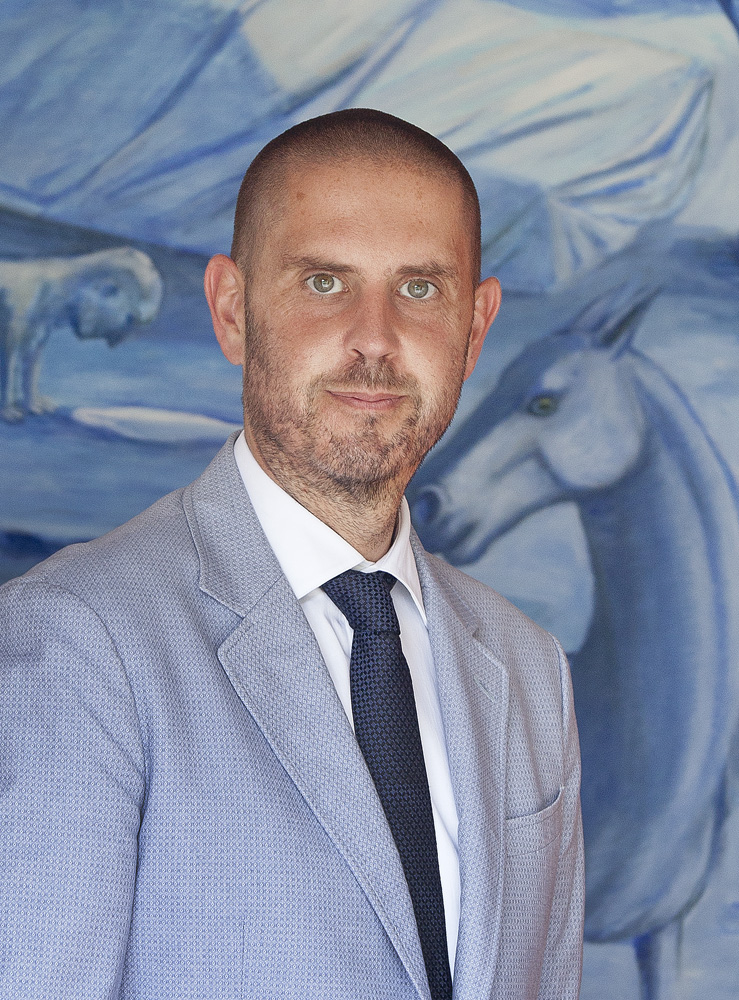Dr Damian Skinner is a New Zealand art historian and curator of Applied Art and Design at the Auckland Museum Tāmaki Paenga Hira. He was a Newton International Fellow at the Museum of Archaeology and Anthropology, University of Cambridge in 2012-13. His books include The Carver and the Artist: Māori Art in the Twentieth Century (Auckland University Press, 2008), The Passing World, The Passage of Life: John Hovell and the Art of Kōwhaiwhai (Rim Books, 2010), and he was an author for the book Art in Oceania: A New History (Thames and Hudson, 2012). His article ‘Provincial Primitivists: The Problem of Māori Modernism’ was published in World Art, v.4, n.1, 2014. He is currently working on a project about settler and indigenous artists in London in the postwar period, and is leading a group of international scholars to develop a methodology for art history in settler colonial societies, with particular focus on Aotearoa New Zealand, Australia, Canada, South Africa and the United States.

Don Binney, Mana Island IV, 1970, oil on canvas, 1070 x 1525 mm. Collection of Pataka Museum of Art and Culture, Porirua, New Zealand.
Damian Skinner is currently working on a project about ‘New Commonwealth Internationalism’, the period after the Second World War when many artists moved from moved from England’s ex-colonies to London to pursue their artistic practices as modernists. Alongside the widely recognised contribution of artists from Africa, South Asia and the Caribbean, Skinner is specifically exploring the contribution of artists from the so-called ‘white dominions’ and settler colonial societies of Aotearoa New Zealand, Australia and Canada. The role of settler artists in New Commonwealth Internationalism is hardly acknowledged or explored, even though it appears that, for example, Australian artists were the largest single population of Commonwealth artists living in the UK. To introduce settler artists is to challenge dominant understanding of New Commonwealth Internationalism, which has been narrated primarily as a story of ex-colonial native artists from India, Africa and the Caribbean operating within the broad trends of decolonisation in the middle of the twentieth century.

